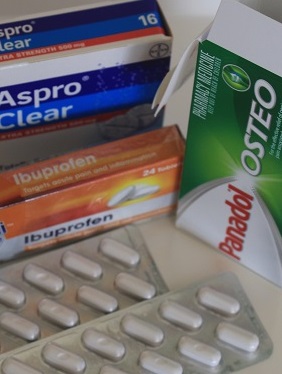
Discover how drugs and other substances alter the body and mind
This extremely interesting course teaches students about psychopharmacology - the ways in which licit and illicit drugs affect people by altering bodily sensations, levels of consciousness, thoughts, feelings, and behaviour.
The history of drugs can be traced back to the beginnings of the human race. Records suggest that alcohol was made, drunk and used to excess as far back as earliest civilisations. Tobacco, cannabis, opium and other substances derived from plants have been chewed and smoked for at least as long as alcohol has been consumed but most likely earlier. Coffee has been served in the Middle East throughout the area's history.
This course unveils the use and effects of a variety of drugs on the individual and society. Learn about addiction, dependence, abuse, tolerance and withdrawal.